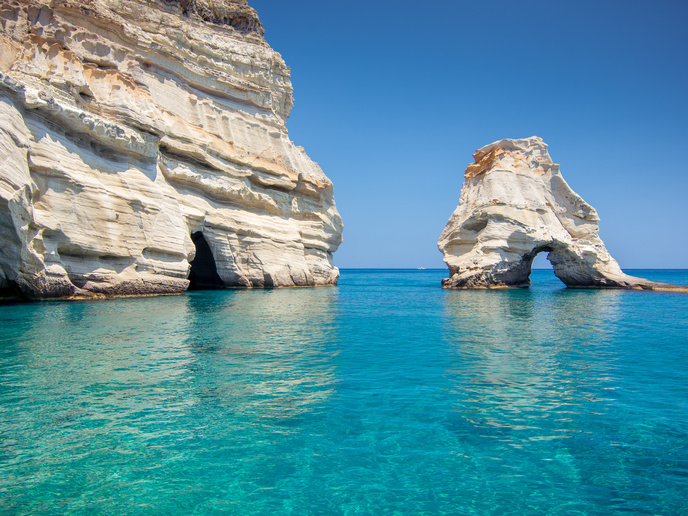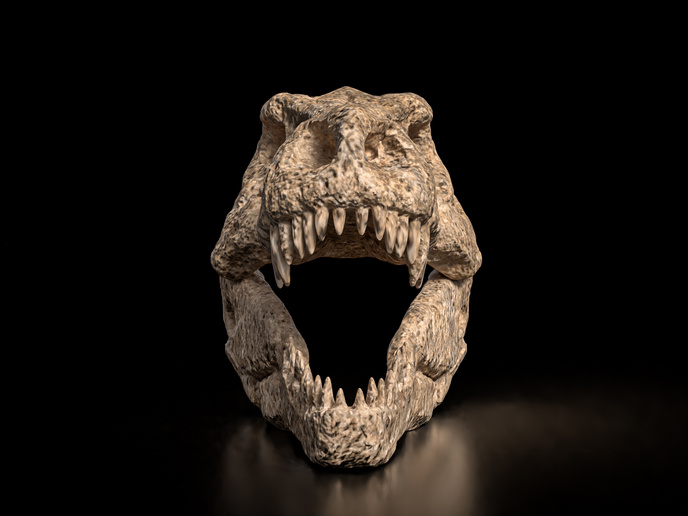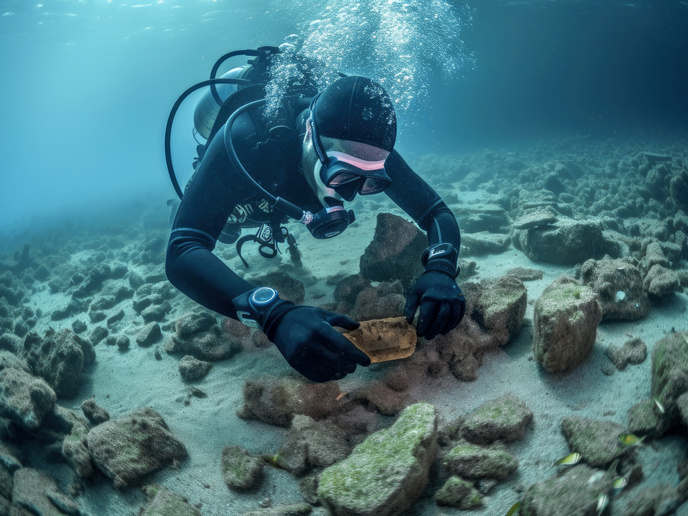Portrait of the Greek islands from a 15th-century guide to the Aegean Sea
For the rediscovery of classical tradition during the Renaissance we have much to thank Cristoforo Buondelmonti, a Florentine priest and geographer whose medieval manuscript, the 'Liber insularum archipelagi' (Book of Islands of the Greek Archipelago), became a go-to guide to the Greek Islands and its cultural heritage. This book would also pave the way for the birth of modern archaeology. Despite its significance, the Liber has remained largely unexplored, The EU-funded MapAeg project(opens in new window), which concluded in November 2023, aimed to conduct an interdisciplinary study, blending traditional scholarship with cutting-edge digital technology to thoroughly analyse the 79 maps and accompanying texts on the politics and demographics of the Aegean islands. The ultimate goal was to create an open-data digital commentary of the Liber insularum, facilitating broader access and understanding of this seminal work. Led by Antonio Rigo, professor at Ca' Foscari University of Venice, the project highlighted the newfound appreciation for Buondelmonti's contribution to the early rediscovery of Greece. MapAeg has not only shed light on the Liber insularum but also catalysed the emergence of ‘Buondelmonti studies’ as a distinct field of research.
To see old maps in new ways
The journey towards creating a digital edition of the Liber was not without its challenges. Integrating textual and spatial data within a user-friendly interface requires meticulous planning and collaboration. Rigo acknowledges the support received from institutions like the Venice Center for Digital and Public Humanities (VeDPH)(opens in new window) and the Center for Spatial and Textual Analysis at Stanford (CESTA)(opens in new window), whose expertise proved invaluable in overcoming these hurdles. The MapAeg project's digital edition promises to be a powerful landmark for future scholars. “It is based on a manuscript of the Liber from the Gennadios library of Athens and presents a facsimile, the Latin transcription, an English translation and a commentary where geographical places, historical and mythological characters as well as settlements and monuments are linked to online resources, such as Wikidata and other digital projects,” says Rigo. By digitising the manuscript and providing interactive access to maps and annotations, the project opens new avenues for exploration and research. Scholars can delve into geographical, historical and mythological references, seamlessly navigating through online resources linked to the text.
An Eastern horizon
Rigo is ready to look beyond the horizon in two directions. The first is to expand the scope of the project and incorporate additional online resources. “The other is to apply the methodology to other similar texts between the 1400s and 1500s in the Eastern Mediterranean and Aegean area. But this would require additional funding from Ca' Foscari University and the other partners and simultaneously the will of all involved,” adds the scholar. Moving ahead, one of the most positive outcomes of the MapAeg project was the collaborative bridge forged between the Venice Centre for Digital and Public Humanities at Ca' Foscari and the Center for Spatial and Textual Analysis at Stanford, with teams meeting in California and Italy in 2022 and 2023. This transatlantic partnership promises a bilateral exchange of knowledge and best practices in Digital Humanities with another meeting happening in the Spring of 2024.







